How To Keep Your Aircooled VW Engine Cool
Whilst we crave the warm sun for driving our beloved Aircooled VWs with the windows down and radio up, we really should spare a thought for the engine slaving away behind us. Here are a few tips to help keep your VW aircooled engine cool in hot weather.
Air cooled or Oil cooled?
You might not have any water in your engine, but there is a magical liquid that flows around your aircooled engine helping to transfer heat, as well as lubricate all moving parts, and that, is of course your oil.
The Type 1 VW engine holds a lowly 2.5 litres of oil, and it'll soon lose its charm if you don't change it regularly. The oil, in a similar fashion to coolant traveling to and from a radiator, circulates the engine and returns to the oil cooler to shake off some heat, before being pumped back around your engine again. There are different types of oil with different densities and heat properties. Learn more about oil on our blog here.
So, whilst these engines are labelled 'aircooled' the oil system will do some of the hard work keeping temperatures in check too.


How the aircooled cooling system works
As the name suggests, a large part of temperature control is done by the channeling of cool air over the hottest parts of the engine, and successfully keeping a hot and cold divide in the engine compartment.
Fast-flowing ambient air enters the engine compartment through louvred vents above the rear wheel on a Split Bus, through vents to the rear of the side windows on a Bay Bus and through vents below the rear windscreen on a Beetle or Karmann Ghia.
The air is directed into the rear of the fan shroud, before passing through the oil cooler and being driven down over the cylinder heads. The cooler air collects the radiating heat from the engine and is pushed under the vehicle to exit at the rear.
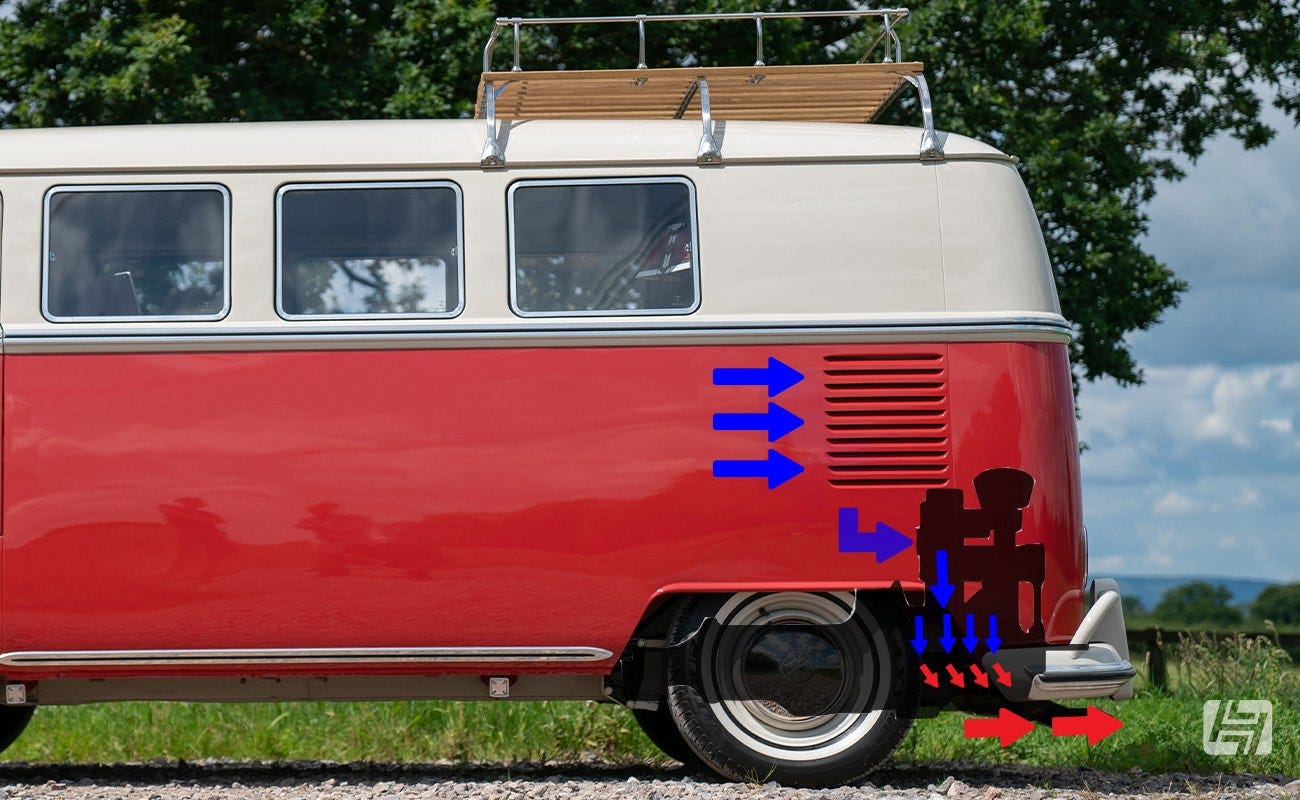

Why is VW tinware so important?
The tinware (the metal covers that sit over the engine) is essential to the successful temperature control of the aircooled engine. They keep the air flowing in the right direction, and importantly separate the cool and hot zones of the engine, with the help of the engine tinware seal. In the same way, a coolant hose with a hole will leak hot coolant, a gap in the tinware, or a missing seal will compromise the aircooled cooling system too and allow warm air to be drawn into the cool zone, raising the operating temperature.
In an enclosed engine bay we would recommend using black painted or powder-coated tinware. Chrome tinware is available, but whilst black will absorb the heat, chrome will reflect it which could contribute to raised running temperatures. If you have a Baja, a Beach Buggy or a Trike with the engine open to the elements then chrome shouldn't make a difference to you, as the heat will escape easily enough into the atmosphere.
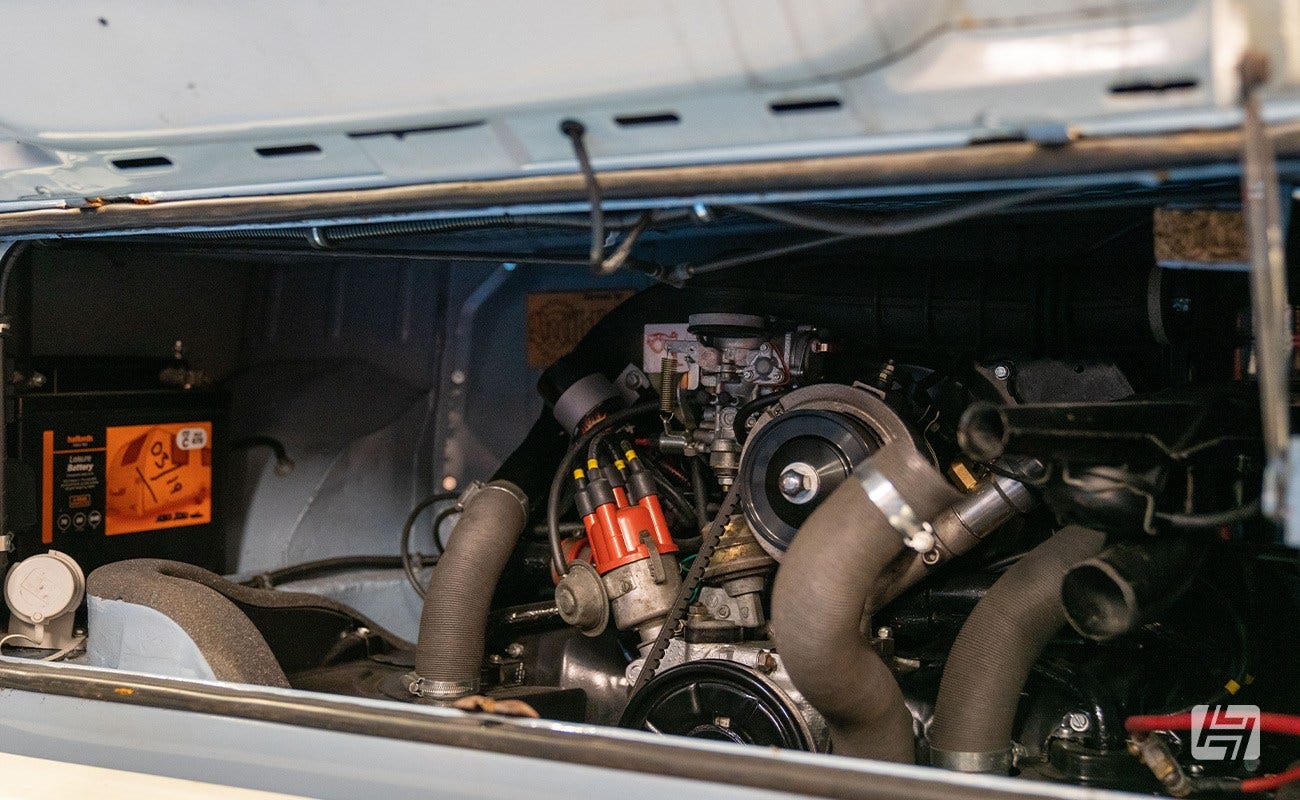

Fanhousing and Thermostat
Inside your fan housing are fins to direct the air, and flaps; these flaps are located at the bottom and operated by your thermostat. These flaps are held closed when you set off; encouraging the engine to get up to temperature as fast as possible. But then the thermostat plays a vital role in your cooling system – as your engine gets warm it opens the cooling flaps within the fanshroud to allow the heat to pass through and escape. If you are unsure if your vehicle has these flaps – or a thermostat, please check! Whilst you can leave these flaps permanently open (or remove them), having them closed shut all the time will lead to almost certain overheating, and a costly bill!
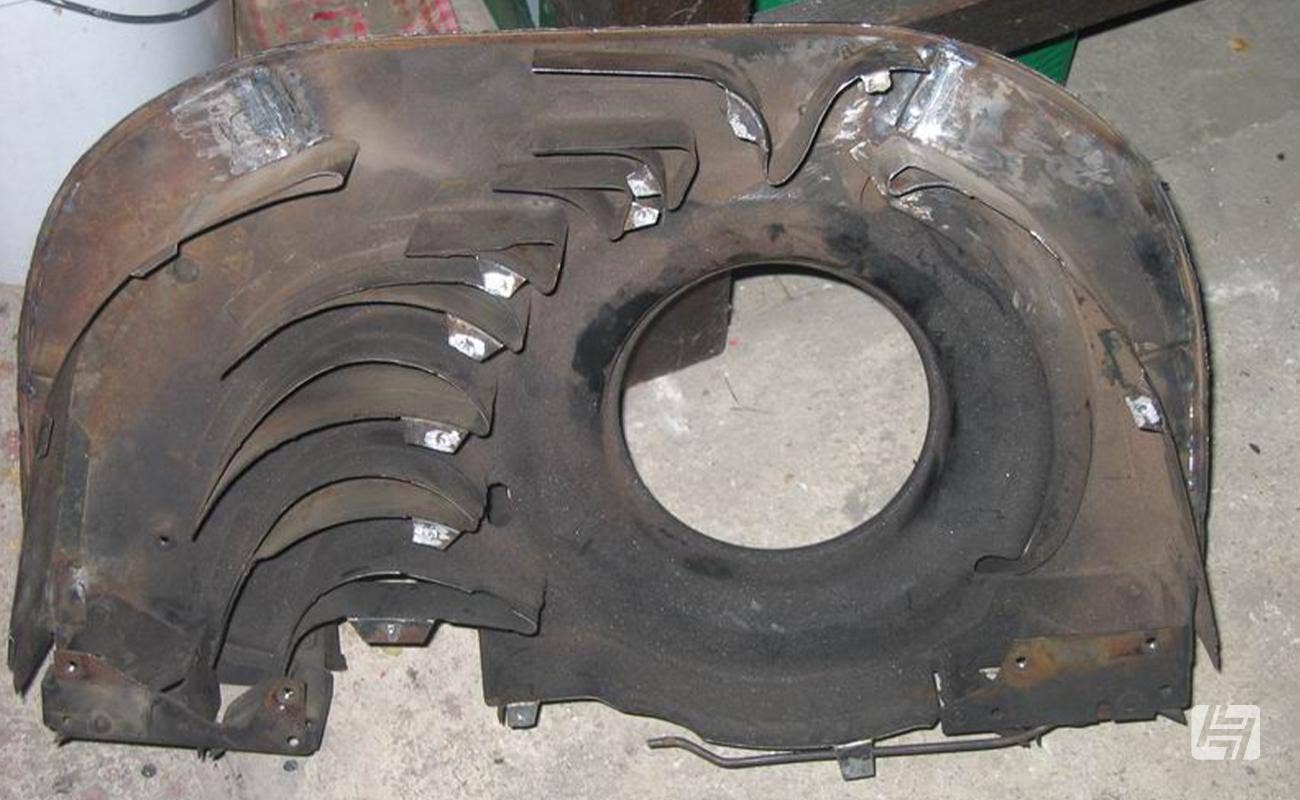

Timing and fuel mixture
Poor ignition timing can cause your engine to run too hot. If you don’t have a timing gun see if you can borrow one from a friend, it’s unlikely to be visible if it's wrong (you might hear it) but it’ll save you some heartache if you catch it before it catches you!
Fuel mixture is equally important. Firstly, is your carburettor jetted to suit the engine capacity? A single standard carb on a 1641cc engine could be starving your engine and raising the temperatures internally. Likewise, your carb might be perfect, but if your engine is sneaking in the air elsewhere through a split hose or a broken gasket, then the whole mixture is compromised, and the chances of running lean and hot are increased too.
Spraying the intake system with a carburettor cleaner whilst running will help to detect an air leak. The engine will suck the spray in, using it as fuel, you just need to listen for the engine note altering at the same time.
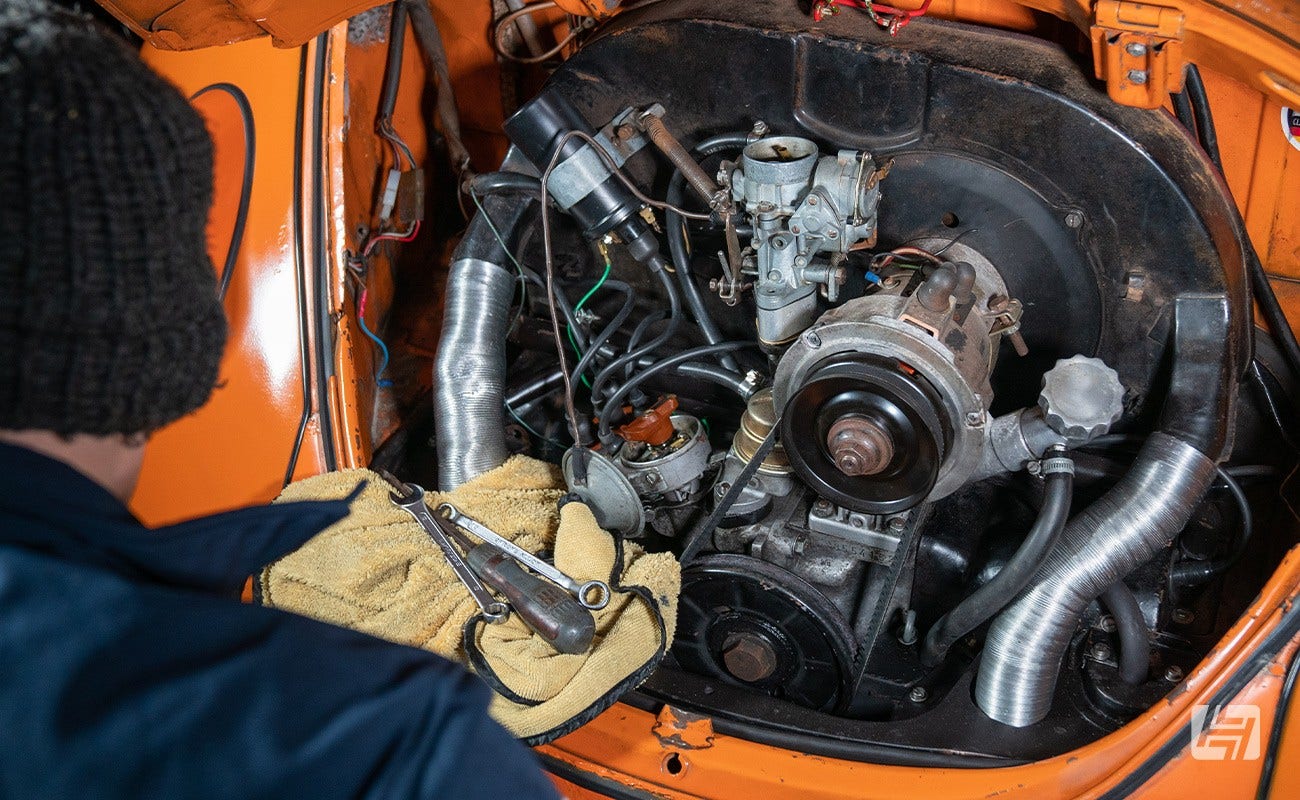

Monitoring the temperature
Whilst we hope the above suggestions will help to keep the heat down in your engine bay, monitoring it from the comfort of your cabin is a sensible way to tackle this issue. If you notice a significant change and stop in time, you can then let an ‘expert’ sort it out when you get home!
A sump plate oil temperature sender or an oil dipstick sender linked to a gauge in the dashboard will report all the necessary information for you, removing any guesswork from the equation. We’ve also put together this handy VDO kit to monitor oil temperature and pressure. Find them on our website here.
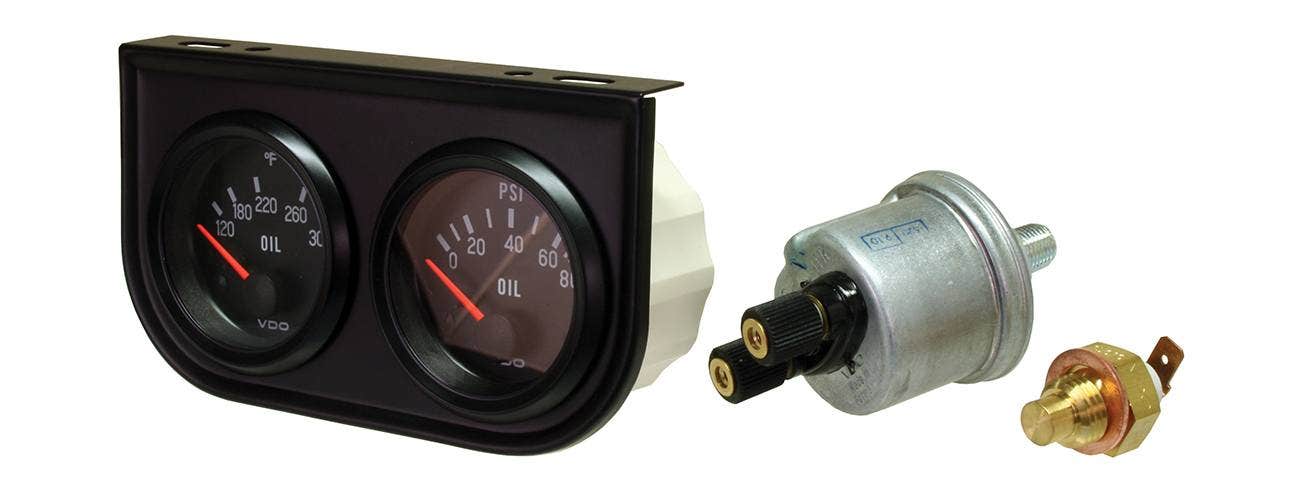

Decklid Stand-offs
If you own a VW Beetle you can fit a pair of decklid stand-offs to the top of your engine lid, creating a gap for air to flow inside the engine bay as you drive along. There are also stand-offs available for the base of the engine lid, by the lock.
The science isn't conclusive on which works best, and there are plenty of opposing views from owners in forums often swayed by the aesthetic appeal, rather than their cooling properties. Our personal view would be that the more ambient air circulating around the engine the better.
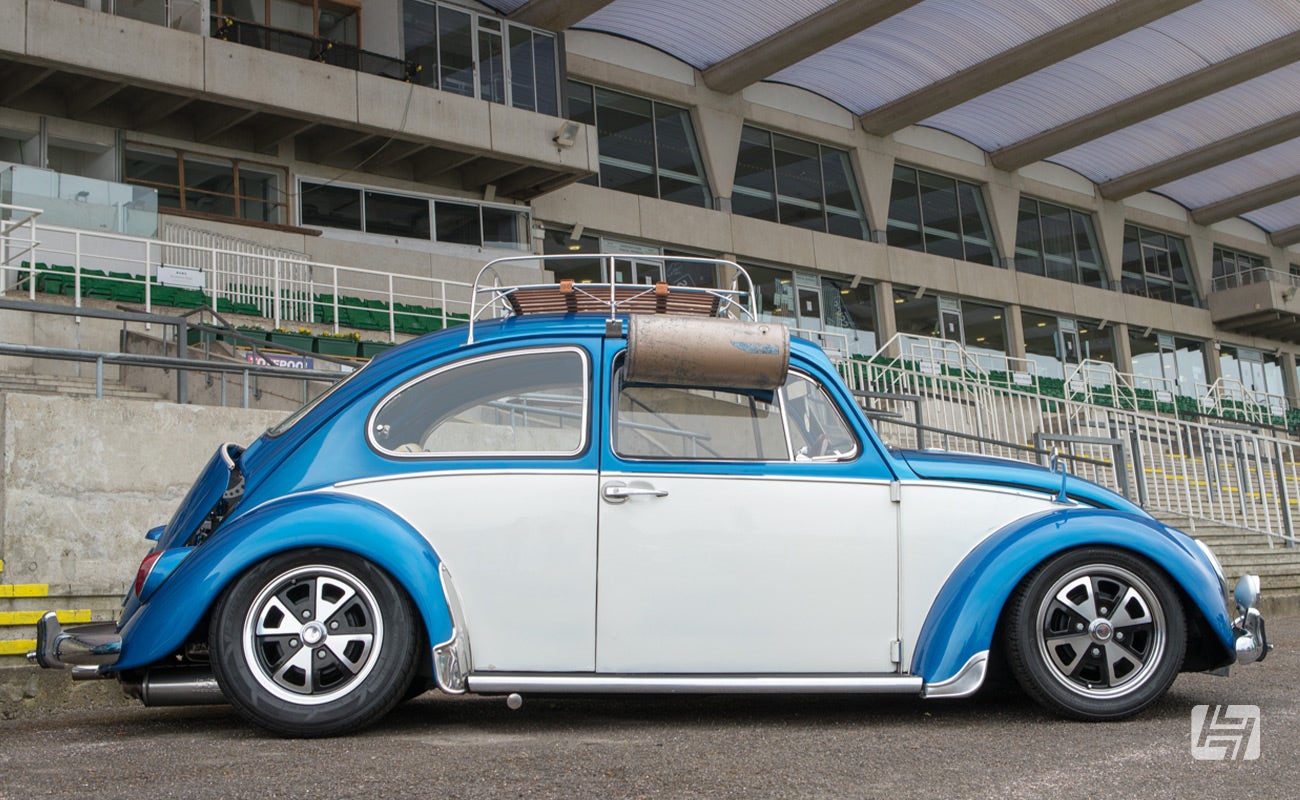

Leave us a comment below, we'd love to know your thoughts and tips for keeping your aircooled engine temperatures in check.
Andy




 Beetle
Beetle
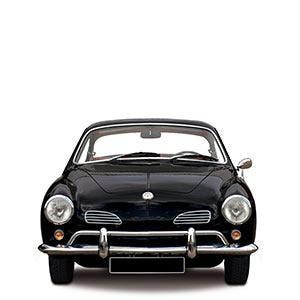 Karmann Ghia
Karmann Ghia
 Type 2 Split
Type 2 Split
 Type 2 Bay
Type 2 Bay
 Type 25
Type 25
 Transporter T5
Transporter T5
 Golf Mk1
Golf Mk1
 Golf Mk2
Golf Mk2


 911
911
 996
996
 997
997
 986 Boxster
986 Boxster
 987 Boxster
987 Boxster
 912
912
 944
944
 924
924






